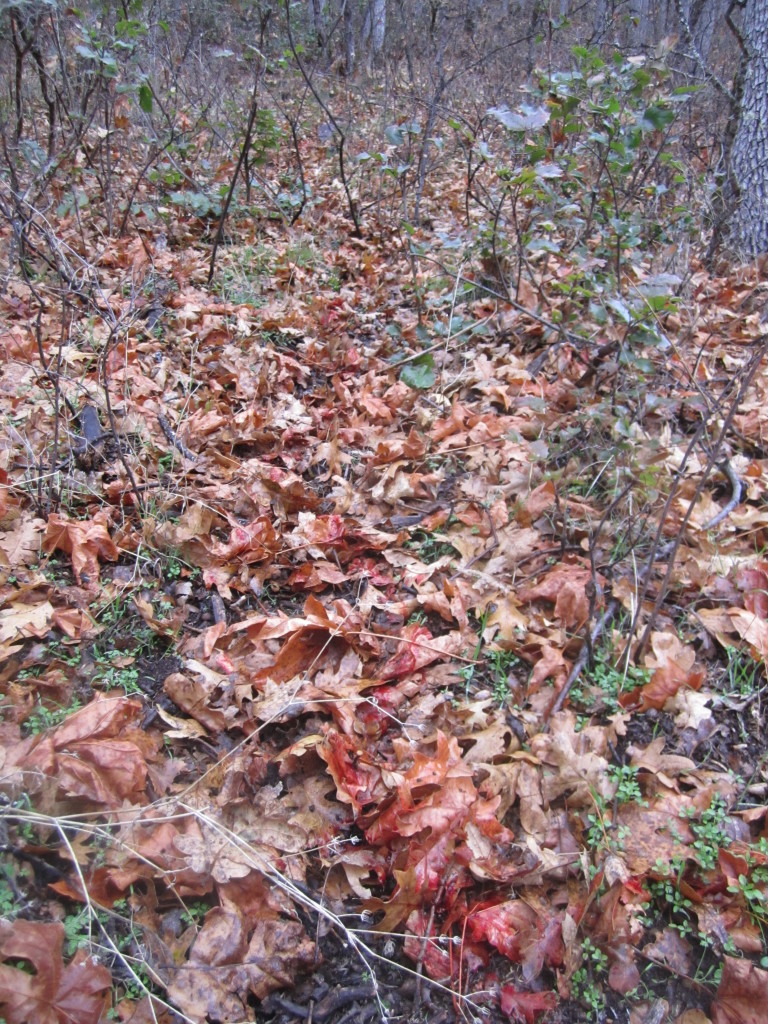About Blood Trails

It seems like darn near every advertisement you see for broadheads has something to say about blood trails; how wider blades or more of them will result in better blood trails. Or how their razor sharp blades mean you won’t have to track the game you shoot, only follow the red trail.
I’ve tried several different styles of broadheads over the years and definitely have preferences as to which ones penetrate and kill better, but I haven’t found much consistency in any of them in regards to blood trails. For example, I’ve shot animals and had blood trails a blind man could follow, and then on the very next animal, with the exact same broadhead, find nothing but tracks with a dead critter at the end of them. Several of my friends who are also experienced bowhunters report similar stories.
That said, if you were to do an internet search on just about any of the popular broadheads on the market today, you’d find stories about how that broadhead leaves great blood trails and other stories where a disheartened hunter claims to have lost an animal with the same broadhead after it left them little or no blood trail. What does this tell us?
I dug into this topic further by taking a look at an animal’s anatomy and compared it to my own experiences as well as those of the others. What I found is there are several factors which determine how good a blood trail you get and most of them relate to where you shoot the animal, not what broadhead you shoot it with. Another interesting fact worth mentioning is that the amount of blood on the ground is not always a good indicator of how lethal a shot is.
Ready to find out more?
To hear real life experiences and learn more about what makes good blood trails and why, get your copy of the book “Can’t Lose Bowhunting” by Jeremy Johnson!
